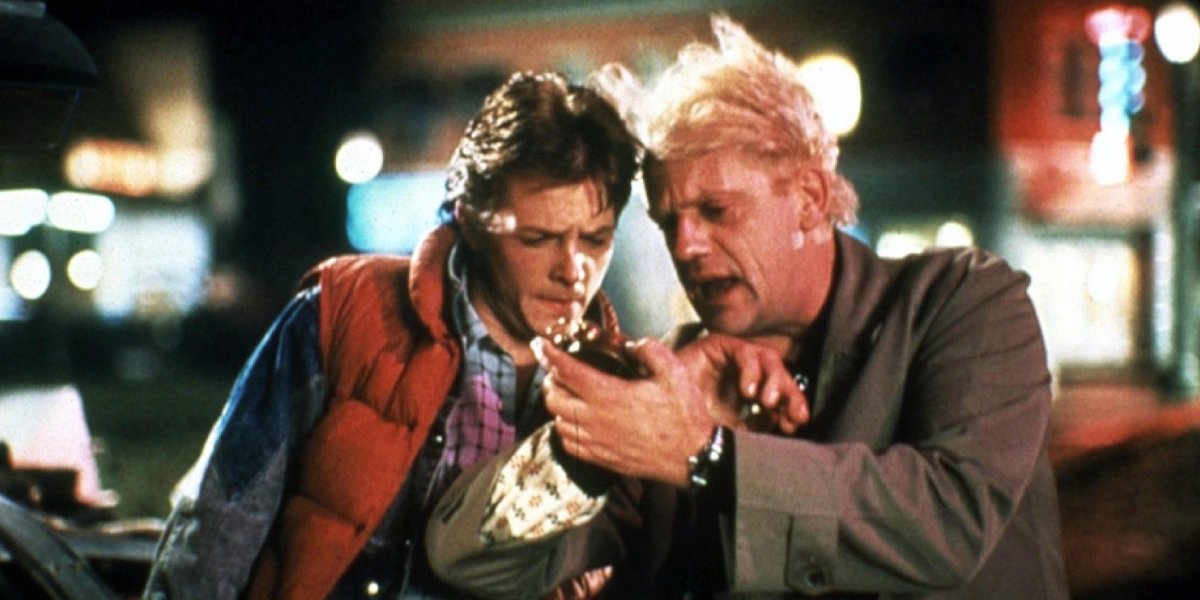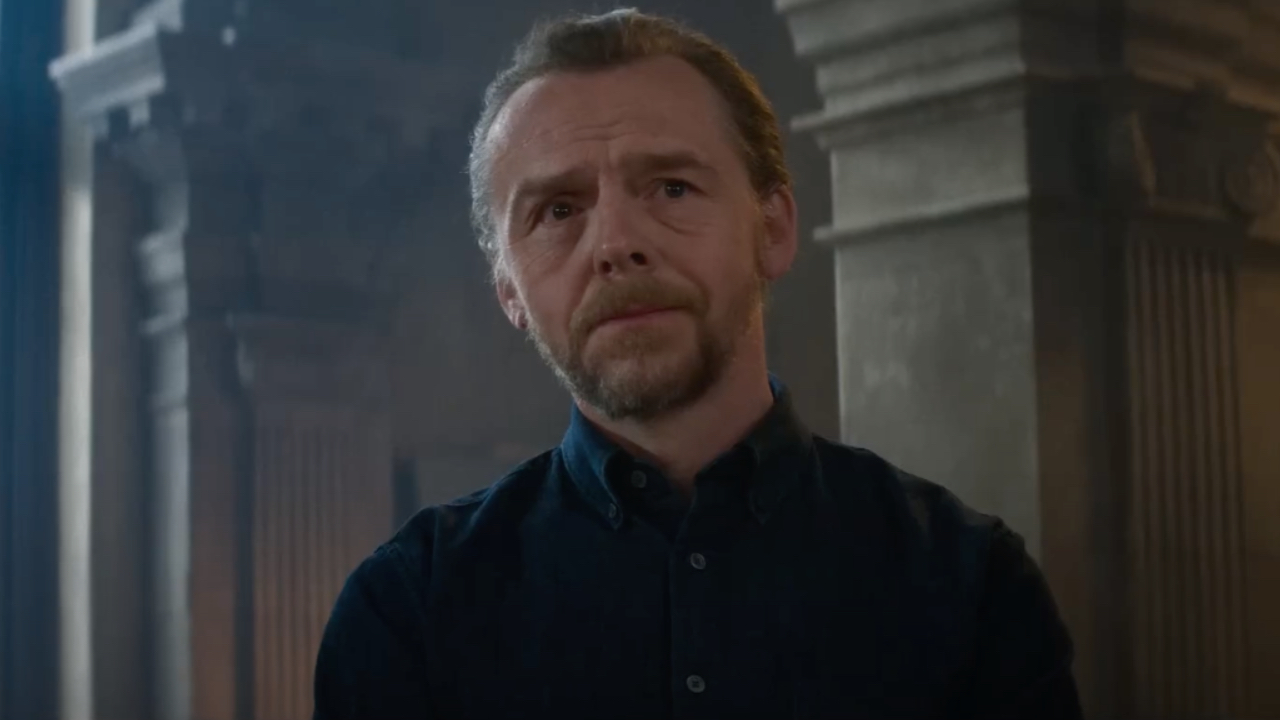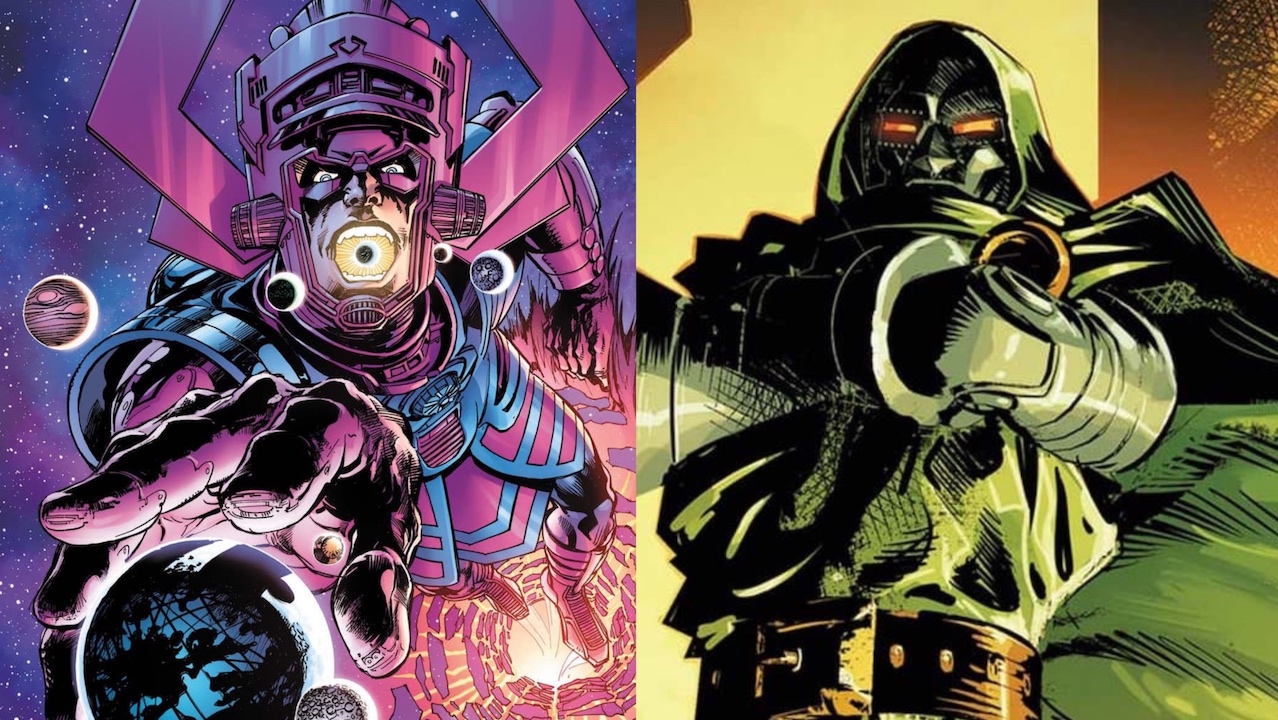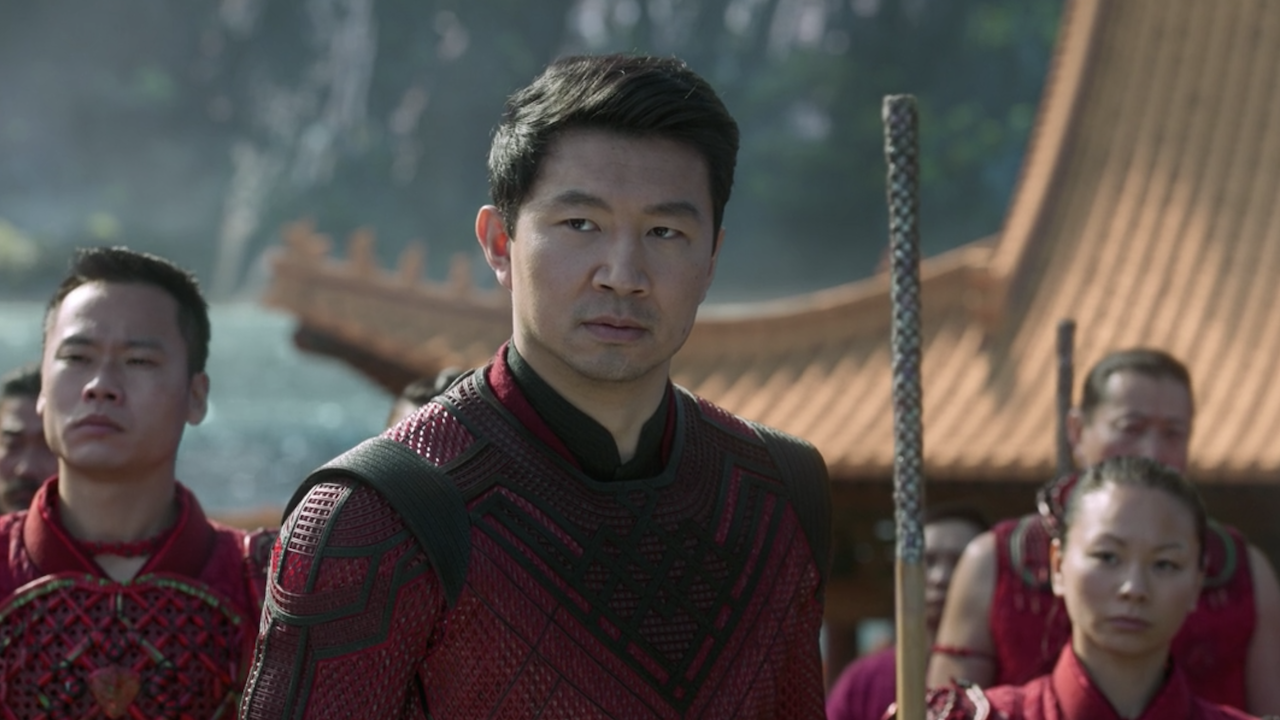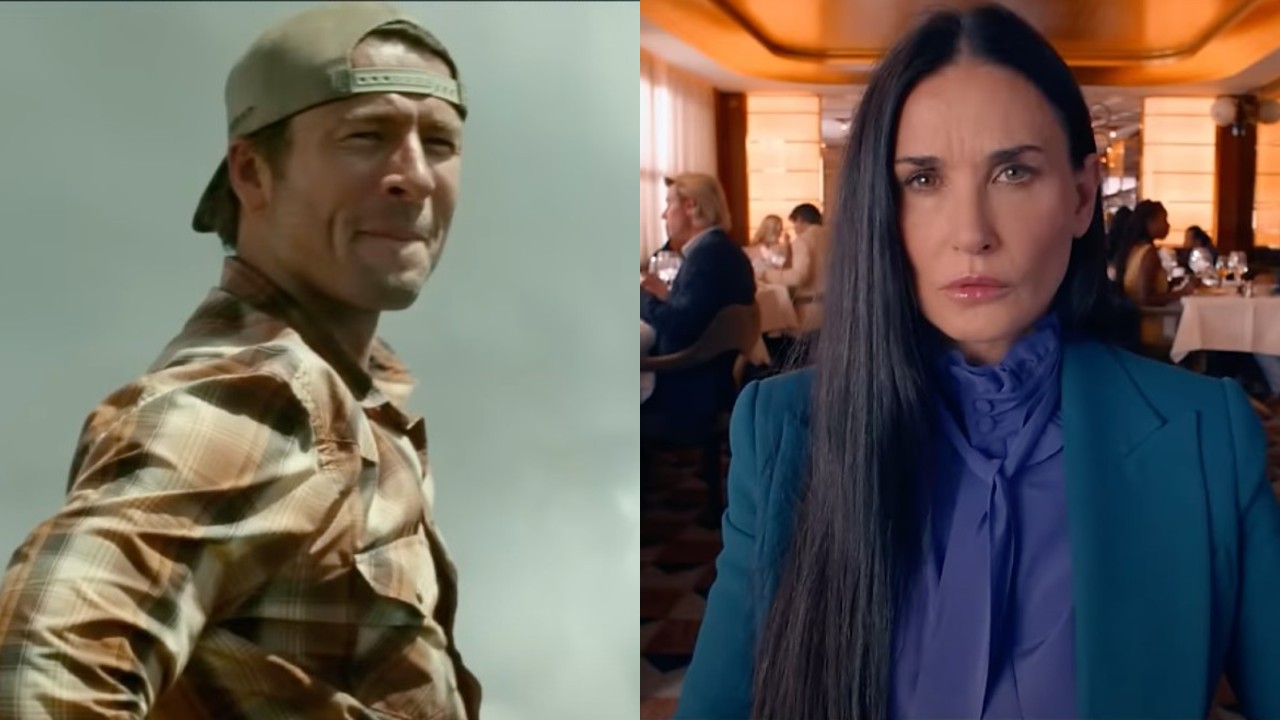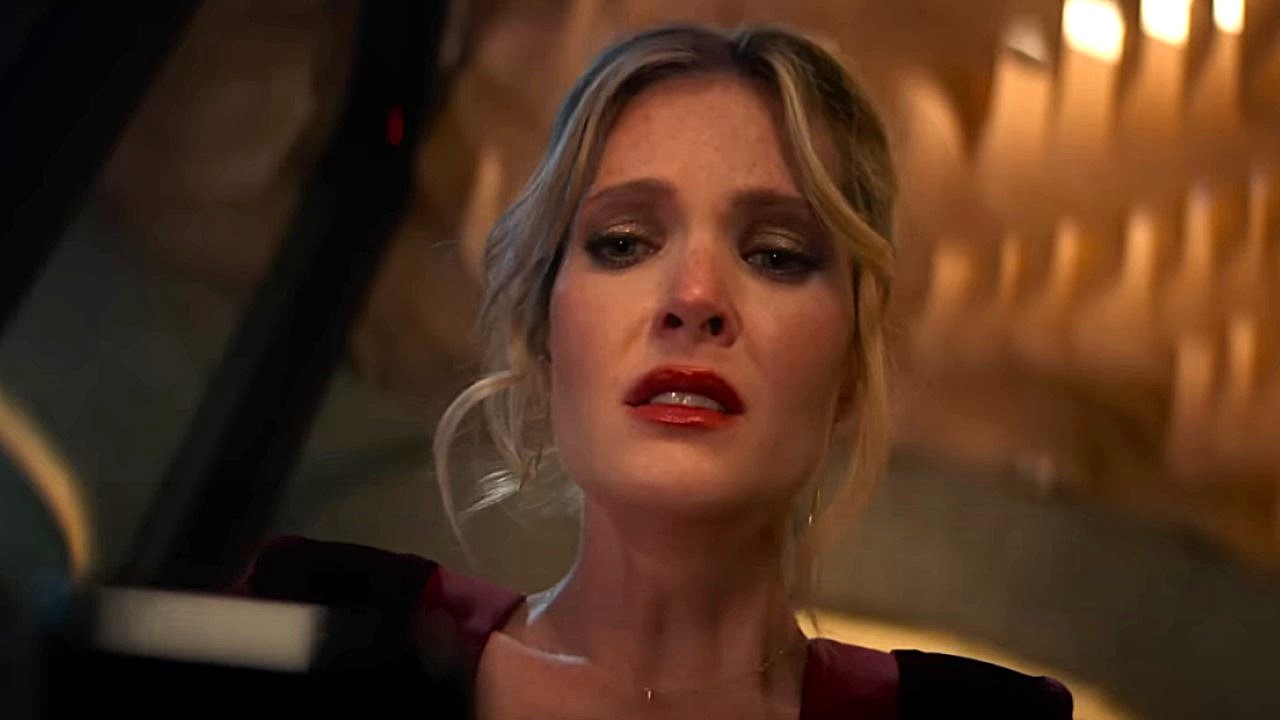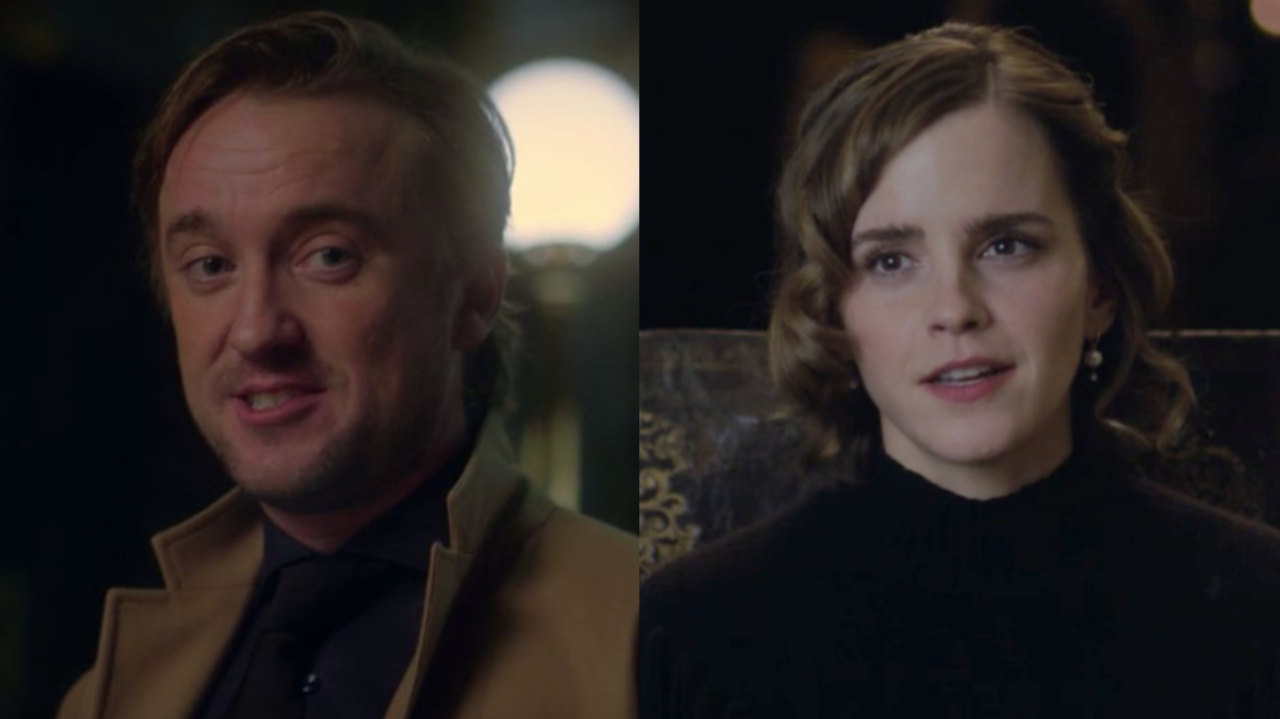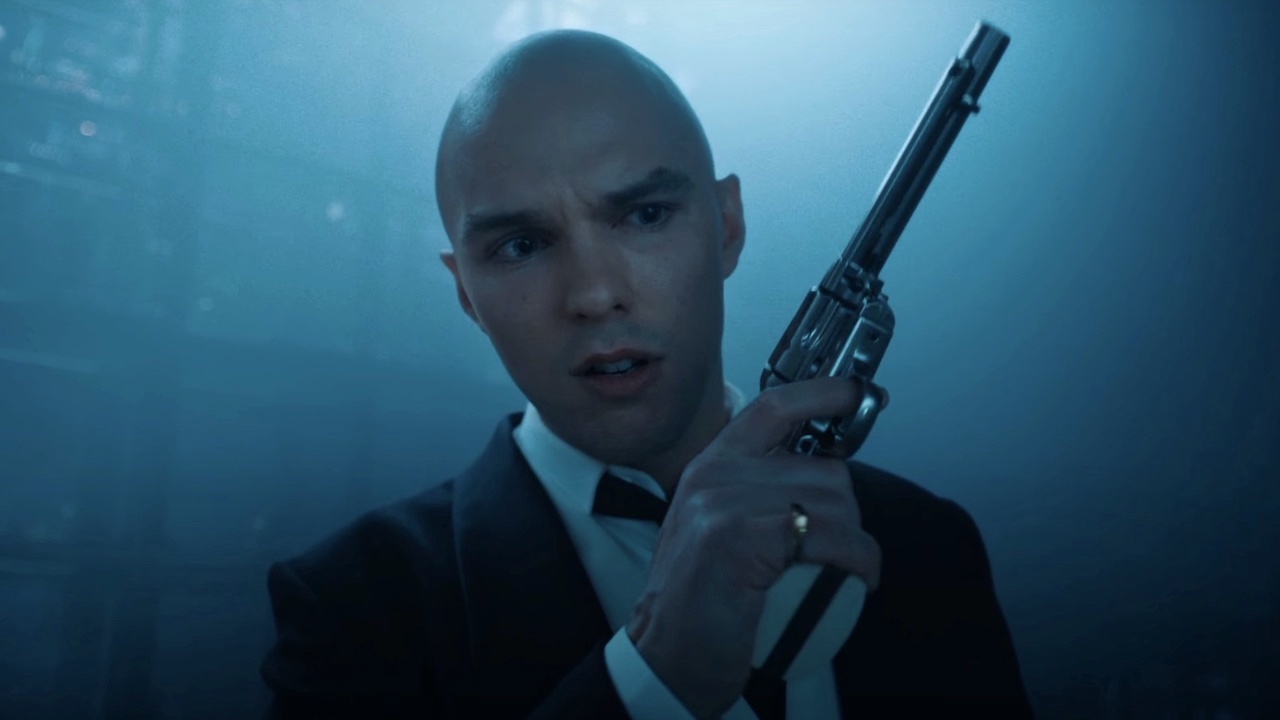How X-Men: Days Of Future Past's Time Travel Works
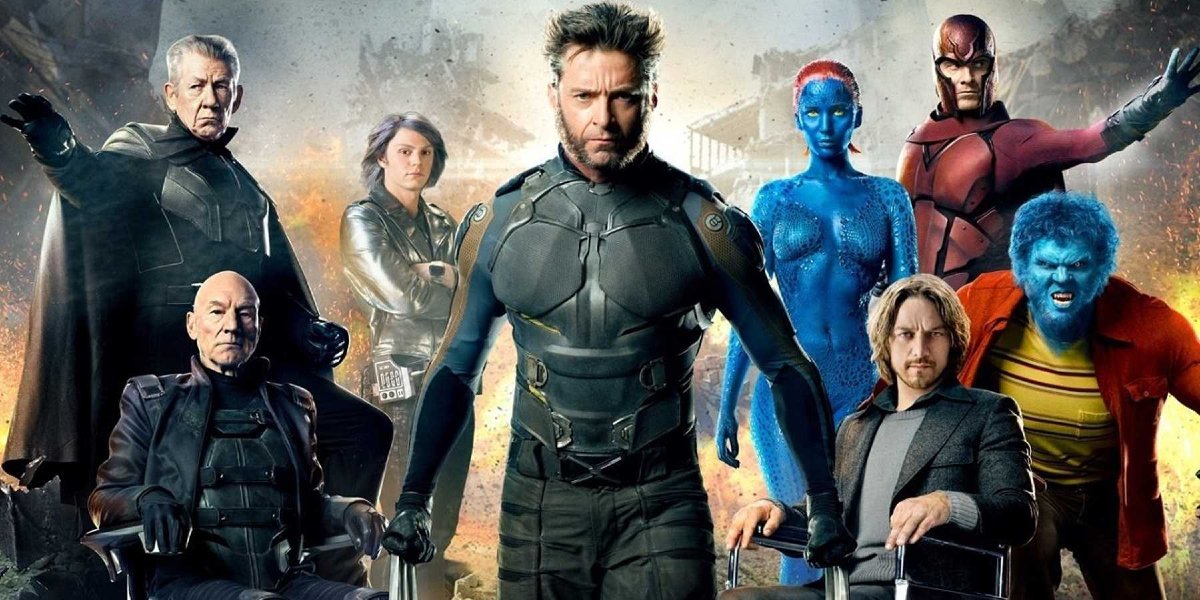
The future. It’s a place with infinite possibility, endless paths to follow and an insane number of channels to watch your daily doses of entertainment on. But what if we were to go back to “the good old days?” A time when peace and love was fighting war and hate, government corruption was in weighing heavily on the public consciousness and all you had to watch on TV was “all three networks, and PBS.” That’s exactly what we’re doing today, as X-Men: Days of Future Past depicts a trip to a time very much like that. Not to be outdone, I’ve hired Kitty Pryde to send me into the past, to the day in 2014 when I first saw that very film, in order to describe how the time travel works.
I know, I could just log into my Disney+ subscription and watch the X-Men movie easily enough. But if Wolverine can handle traveling back in time through painful, but powerful means, then don’t I owe it to you all to do the same? Before we take off, now’s a good time to suggest a stroll through our time travel archives here at the CinemaBlend labs. You never know what past lessons on going from here to there in the then and now may be important in the future. Now hang on, folks… this might sting a little.
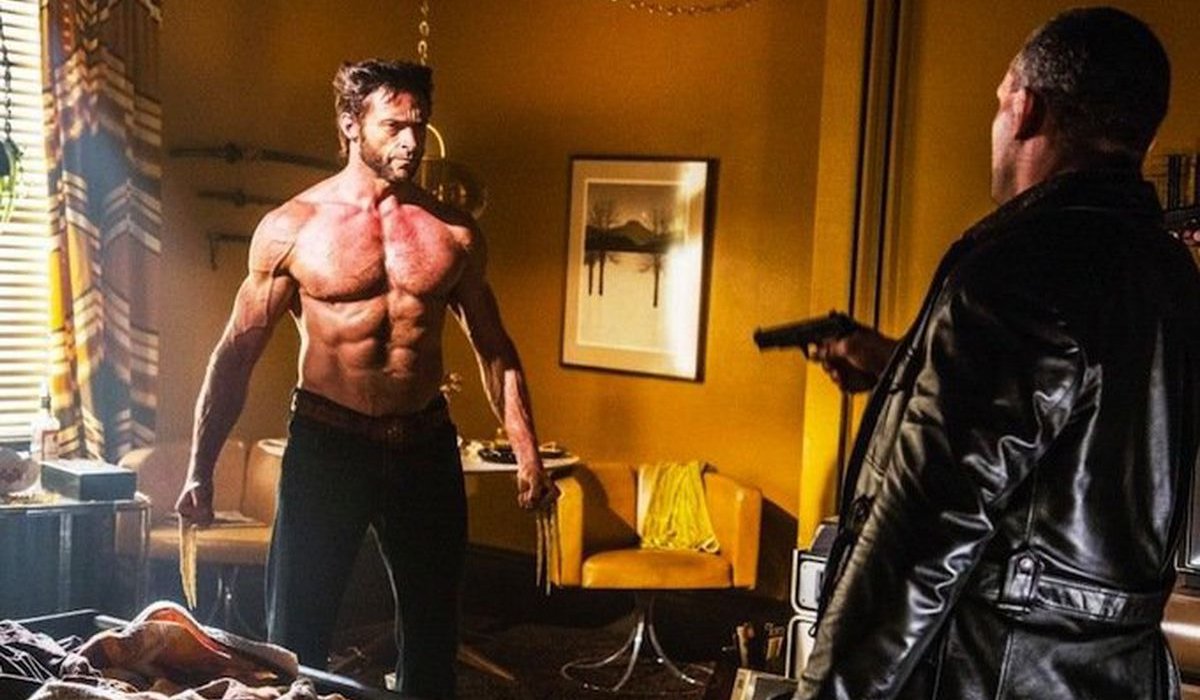
The Time Travel in X-Men: Days Of Future Past
The future of X-Men: Days of Future Past is, quite frankly, hell on Earth. Mutants, the humans who tried to help them and anyone that was thought to be able to lead to the future procreation of mutants were all rounded up. A resistance is thriving in the shadows, but they’re going to need some time travel to make things right.
Who's Time Traveling
One James “Logan” Howlett will be making the jump through time in X-Men: Days of Future Past, but you would better know him as Wolverine (Hugh Jackman). While we did see Bishop travel back in time a smidge at the beginning of the movie, apparently Wolverine's the only mutant who can handle a huge trip into the past due to his regenerative abilities. But let’s face it, there was no way this story was being told without the most famous silver screen mutant before Deadpool came around.
From When To When
Following what took place in The Wolverine's post-credits sequence, we reunited with Wolverine in “The Future” that X-Men: Days of Future Past takes place in. This apocalypse is set roughly 50 years after 1973, which is where we see most of this film’s events take place. If we go the full five decades, that puts us at 2023. Considering what 2020’s been like, it feels pretty close to accurate.
CINEMABLEND NEWSLETTER
Your Daily Blend of Entertainment News
The Purpose Of Their Trip
All of X-Men: Days of Future Past’s grim future history hinges on one mission. Wolverine must gather the young versions of Professor X (James McAvoy) and Magneto (Michael Fassbender) to stop Mystique from killing industrialist Bolivar Trask (Peter Dinklage) at the Paris Peace Accords. His death leads to the U.S. government doubling down against mutants and, through the capture and experimentation on Mystique (Jennifer Lawrence), enhancing Trask’s Sentinel program to hunt down and eliminate mutants worldwide.
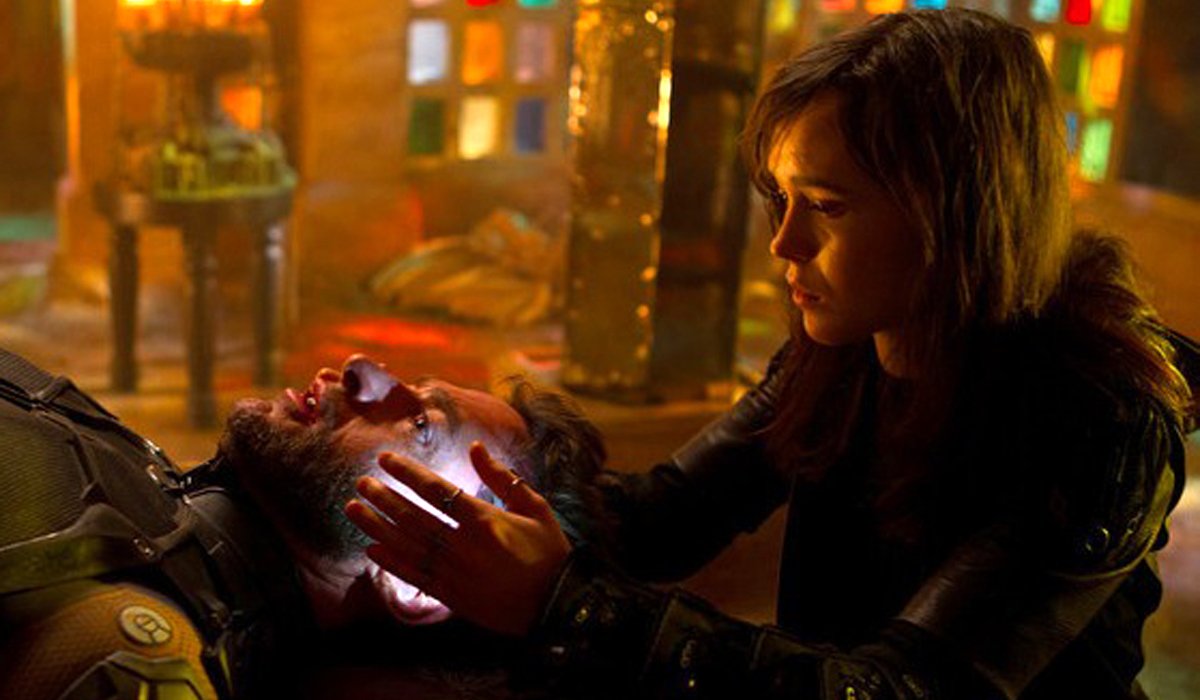
How Time Travel Happens In X-Men: Days Of Future Past
Time travel in X-Men: Days of Future Past is similar to the method used in the romantic comedy About Time. Wolverine is sent back in time through the phasing abilities of Kitty Pryde (Ellen Page), who can send a person’s consciousness back in time into their previous body. No cupboards are required for this head trip. However, there’s some very specific physical and mental demands required to make the trip.
Clearing your head and staying calm is still necessary, because if you’re not careful, your mind can slip from the past back to the present. As we saw in Kitty’s unfortunate case, Wolverine found his mind slipping in a conflict back in 1973, leaving him to freak out and accidentally injure her in X-Men: Days of Future Past’s dangerous 2023. As if concentration wasn’t enough of a complication, there’s also the physical side effects to this manner of time travel.
Physically, if you were to travel through time in the manner that X-Men: Days of Future Past presents, you’d need the healing powers of a mutant to survive it. Wolverine is selected because he can “heal as fast as he’s ripped apart,” leaving him the only mutant physically able to survive a trip as expansive as this one. However, the consequences of the trip in X-Men: Days of Future Past are far greater, though well worth the effort.
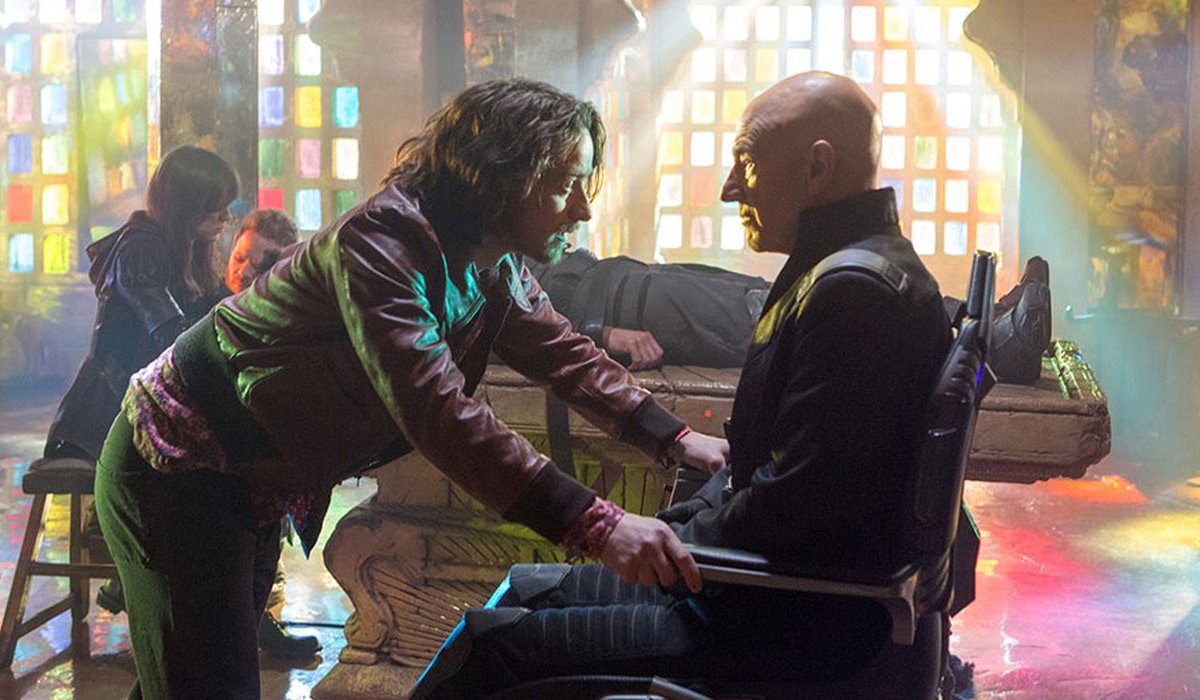
Can History Be Changed As A Result Of Time Travel In X-Men: Days Of Future Past?
Overall, X-Men: Days of Future Past is an exercise in overwriting the time-space continuum. We follow Wolverine on a linear path from the dystopian near-future back into the past, and ultimately the moments that turned the world into a hellhole are averted. Of course, if your movie goes from having Nicholas Hoult playing Beast to bringing back Kelsey Grammer in your big finale, you sure as hell can change history.
Interestingly enough, we do see Beast himself questioning whether time’s course is immutable or not. Hank McCoy wonders out loud in one pivotal scene if maybe the war between humanity and mutants is always meant to be, and if Mystique is destined to kill Bolivar Trask. But as we see in the long run, history can indeed be altered.
The course of time being diverted is even seen on a smaller scale in the beginning of X-Men: Days of Future Past, as the post-apocalyptic students of Professor Xavier found themselves able to play a long game against the Sentinels. By fighting, losing and transmitting the results of those failed fights to their past selves, they can stay ahead of the game and out of harm’s way. Of course, that can only be played out to a certain extent, and drastic measures must be taken.
That gambit is used with Wolverine across the span of 50 years, and the results are equally effective. Instead of living in a future where mutants are being hunted by vicious adaptive killing machines, the Sentinels no longer exist because the murder of Bolivar Trask, as well as the capture of Mystique by the US government, are prevented.
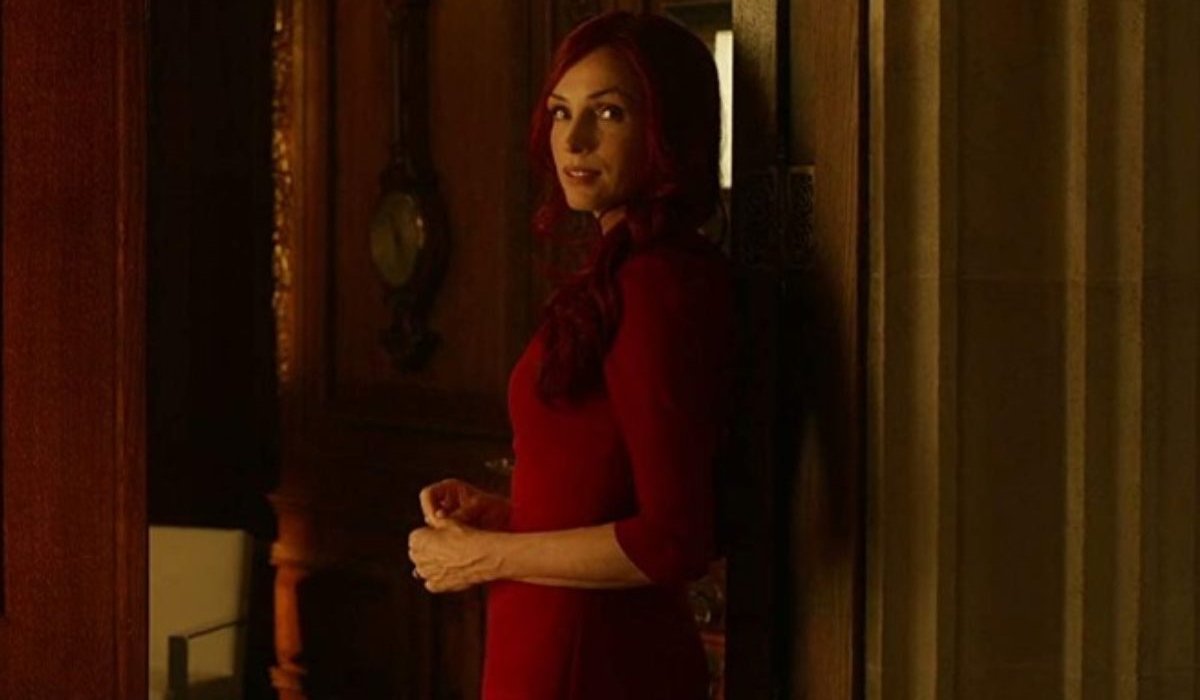
What Are the Consequences Of Time Travel In X-Men: Days Of Future Past?
The results of X-Men: Days of Future Past’s time travelling results in, quite possibly, the happiest point in Fox’s X-Men timeline. After a horrible show of force at the White House, thanks to Magneto hijacking Bolivar Trask’s Sentinels, the program that instituted their use is halted in 1973. Trask is also arrested for passing intelligence to a foreign government, basically sealing his fate.
In turn, the future war we saw at the beginning never happens, and Professor Xavier’s School for Gifted Youngsters is allowed to be open for business. But that's not without some major changes to the X-Men timeline, starting with the fact that both Jean Grey (Famke Janssen) and Cyclops (James Marsden) are still among the living! As X-Men: The Last Stand technically doesn’t happen after preventing X-Men: Days of Future Past, that iconic pair of mutant lovers don't find themselves meeting an untimely, Brett Ratner-directed end. Though that might have been more of an act of selective memory than time tinkering.
This naturally leaves a couple of re-writes in Wolverine’s timeline as well, thanks to some creative re-writes to Hugh Jackman's cinematic legacy. Presumably the events of X-Men and X-2: X-Men United still take place, as well as the eventual storylines of The Wolverine and Logan. However, there's a "missing" installment, thanks to X-Men: Days of Future Past triggering a totally different introduction between Wolverine and Colonel William Stryker, thanks to X-Men Origins: Wolverine not existing. We even see a different account of Logan's escape from government custody, thanks to X-Men: Apocalypse retconning that very moment.
Perhaps the greatest question of all is whether or not “The Westchester Incident” and Professor X’s tragic mental deterioration await six years down the line from this particular film. As Logan’s 2029 timeframe would suggest the answer is "yes," the placement of Wolverine's swan song in the X-Men canon was never truly clarified. At best, this question is left open for fans to answer for themselves; but at worst... this whole timeline will be scrapped by time Marvel reboots the X-Men series, and it doesn't matter.
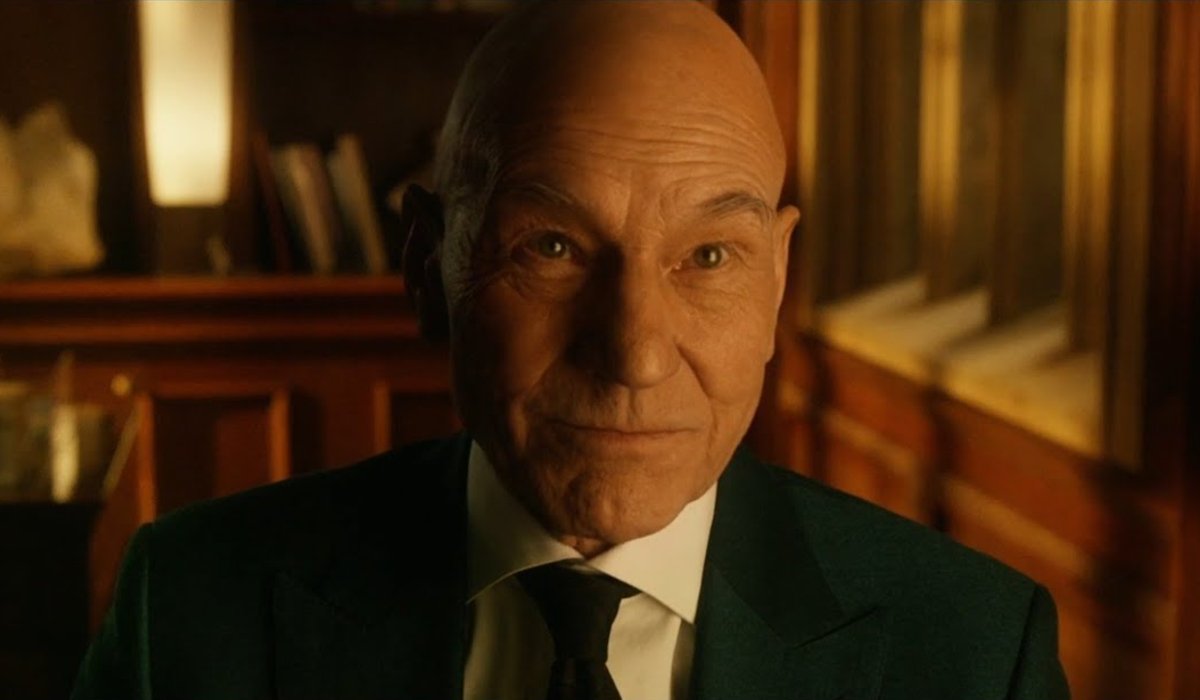
The Future Is Never Truly Set
Wow. Traveling back to 2014 was… kind of nice. You could sit in movie theaters full of people and popcorn, and the X-Men movies were still good! Though I did end up sitting through The Amazing Spider-Man 2 again before coming back, and yeah, some things really are better in the present. Our next journey’s not going to be so easy, nor is it going to be pleasant, as we’re going to head to a very specific place at a very specific time.
We’re going to Middlesex, Virginia on October, 2, 1988, where a young Donnie Darko learns about time travel the hard way. It’s a very mad world when we pick up our temporal lessons again, so take the time in-between these sessions to take a breather, pet an animal, and get as much joy as you can. But before we go, there’s the usual business to take care of.
If there’s a special adventure throughout time and space you want to see tackled here at the CinemaBlend labs, feel free to drop us a line any time to tell us what you have in mind. And don’t forget that you can always look for our past adventures in time throughout the archives on the site. Everything from Back to the Future to three of the four Star Trek time travel adventures has been on the block, and there’s even a full rundown on The Terminator’s time travelling hijinks.

Mike Reyes is the Senior Movie Contributor at CinemaBlend, though that title’s more of a guideline really. Passionate about entertainment since grade school, the movies have always held a special place in his life, which explains his current occupation. Mike graduated from Drew University with a Bachelor’s Degree in Political Science, but swore off of running for public office a long time ago. Mike's expertise ranges from James Bond to everything Alita, making for a brilliantly eclectic resume. He fights for the user.
